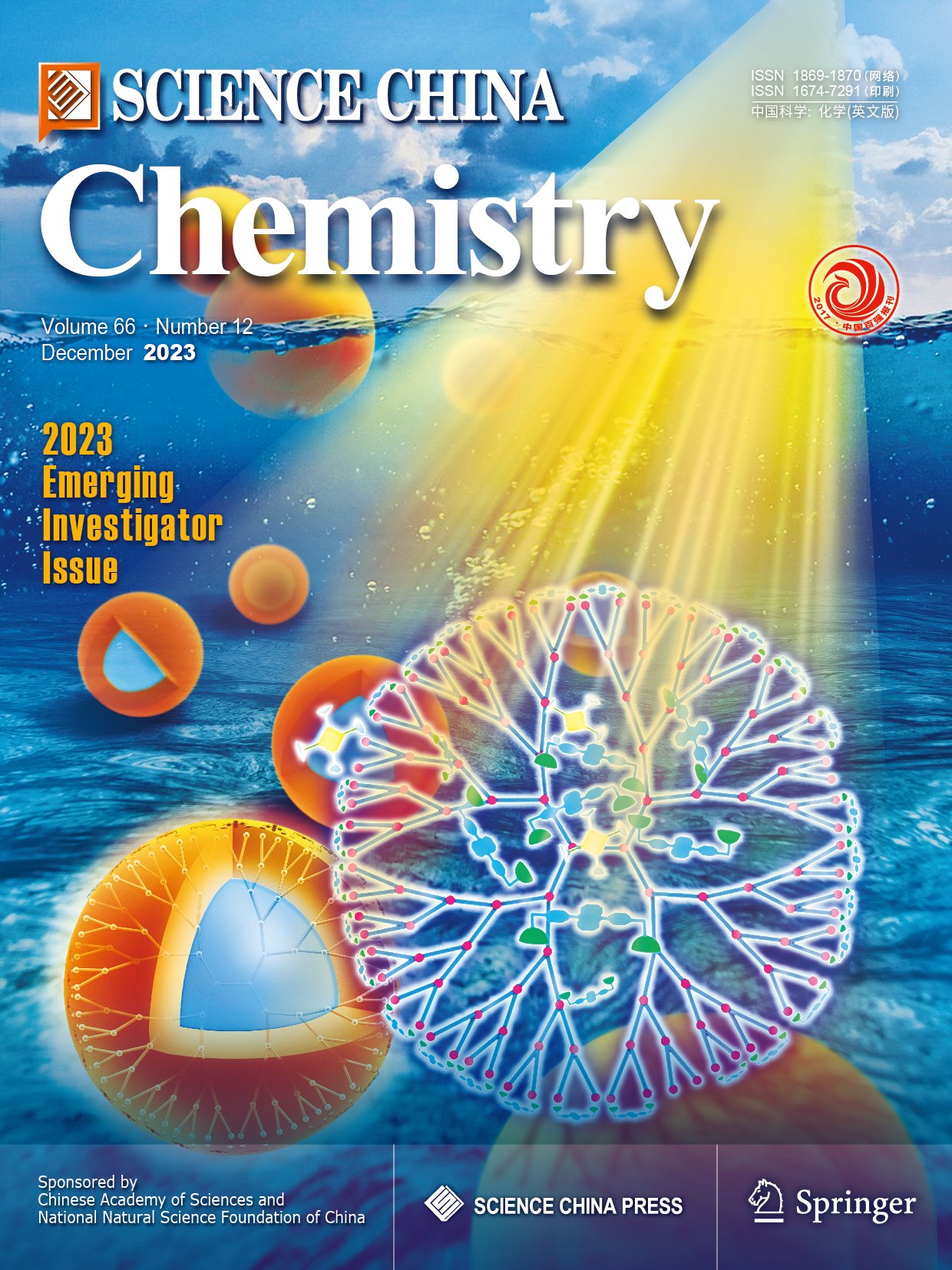Why do CuAl catalysts outperform in CO2 electro-reduction to C2H4?
Abstract
Highly efficient CO2 electroreduction (CO2RR) holds the promise of closing the carbon cycle. However, the strategies for enhancing activity and selectivity for single C2+ products are still limited. This paper describes the oxophilicity of doped metals on copper (Cu) as a key descriptor for predicting the selectivity in the production of ethylene and ethanol in CO2RR. Our findings reveal a volcano-like relationship between the *O binding energy and catalytic activity, with aluminum (Al)-doped Cu alloys situated at the peak. The strong Al–O bond facilitates C–O bond cleavage, thereby promoting C2H4 formation. Through grand canonical density functional theory (GCDFT) calculations, we elucidate the significance of strong oxygen affinity in enhancing *CO2 adsorption, leading to its activation into a bidentate-adsorbed form. Moreover, our results demonstrate that Al doping promotes C–C coupling by altering the adsorption mode of the key intermediate *OCCO, shifting it from a less favorable boat-type to a more stable chair-type configuration. This modification significantly contributes to the improved catalytic activity for C2+ products on CuAl catalysts. Our research provides a detailed mechanistic insight into the high activity and selectivity observed in CO2RR to ethylene on CuAl catalysts, underscoring the critical role of metal oxophilicity in enhancing CO2RR performance.

 求助内容:
求助内容: 应助结果提醒方式:
应助结果提醒方式:


